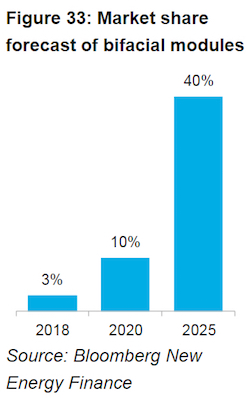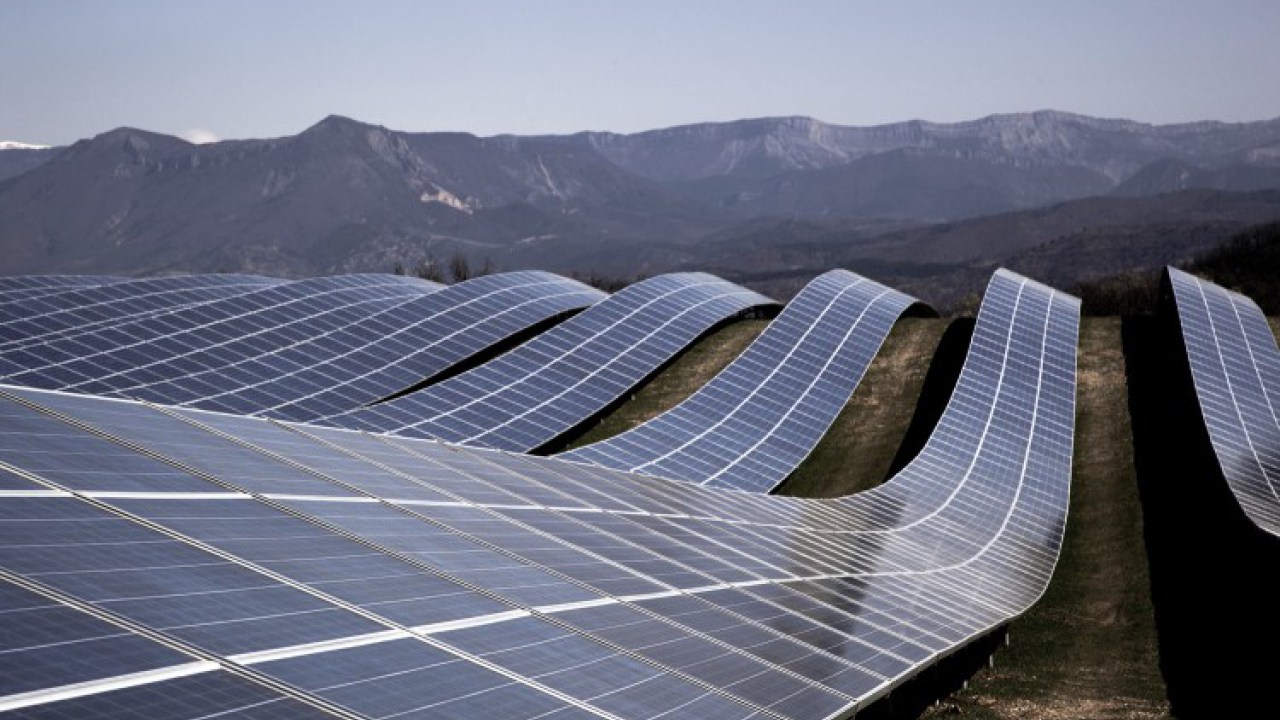In a truly remarkable feat of innovation, scientists have figured out how to create “hybrid” solar cells that generate power not just from sunlight but also from raindrops. This means we may soon see all-weather solar panels that work when it is cloudy and even at night, if it’s raining.
Solar has soared in recent years, as panel prices have dropped so fast that solar keeps crushing its own record for the cheapest power “ever, anywhere, by any technology” — even without a subsidy.
But scientists and engineers around the world keep innovating, looking for ways to make solar panels more efficient and less expensive. Much of this innovation is now coming from China, the world leader in both manufacturing and deployment of solar energy.
For instance, China has developed “double-sided” solar panels that can generate power from light that hits their underside. That can enable a 10 percent boost in output, especially if you put the panels on a roof or other area that is painted white to help reflect the suns rays. Bloomberg New Energy Finance projects these panels could capture a remarkable 40 percent share of the market by 2025.
In another remarkable advance, researchers at China’s Soochow University have demonstrated a solar cell that can generate electricity from falling rain. A recent article in the American Chemical Society’s nanotechnology journal Nano describes the innovation in an article titled “Integrating a Silicon Solar Cell with a Triboelectric Nanogenerator via a Mutual Electrode for Harvesting Energy from Sunlight and Raindrops.”

The device makes use of a triboelectric nanogenerator (TENG), which converts mechanical energy — motion — into electricity. In this case, the solar cells harvest power from the movement of raindrops that fall on them.
Since solar panels typically generate only one tenth of their potential output during rain, and virtually nothing at night-time, the advance could address one of the biggest problems facing solar power: its variability.
“Our device can always generate electricity in any daytime weather,” as Soochow’s Baoquan Sun told the UK Guardian. “In addition, this device even provides electricity at night if there is rain.”
Here is a video of the basic principle behind TENG from Georgia Tech Prof. Zhong Lin Wang, whose group first demonstrated this kind of nano generator in 2011:
The potential applications of TENG include generating power from walking and typing. The recent Chinese breakthrough was to figure out how to make it work in a simple and efficient manner for a solar cell.
It could be a while before the technology makes its way into a commercial product for widespread use, though. We are still 3 to 5 years from a prototype according to Sun. He told the Guardian, “the output power efficiency needs to be further improved before practical application.”
But if the technology takes off, we may actually have solar panels that work rain or shine.

